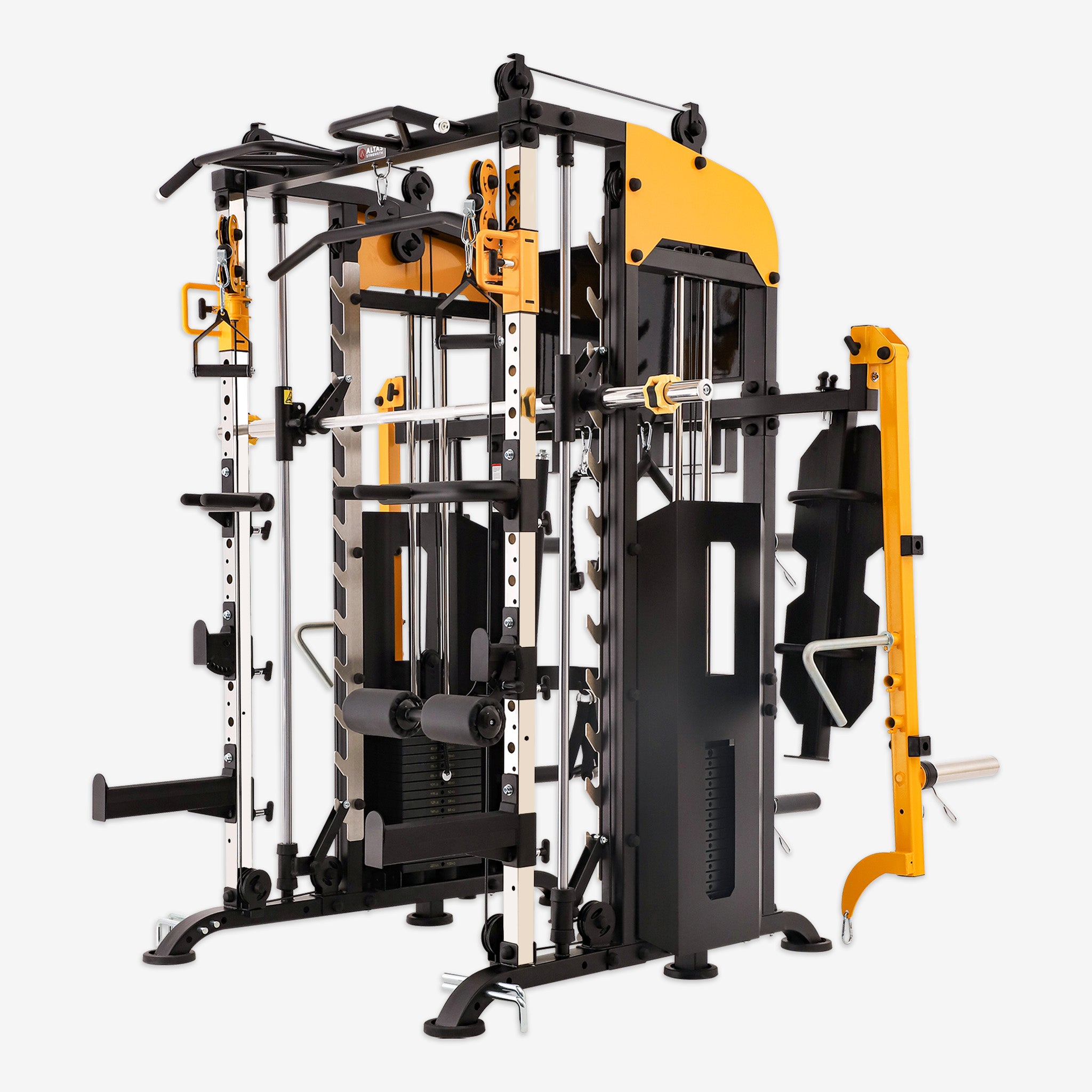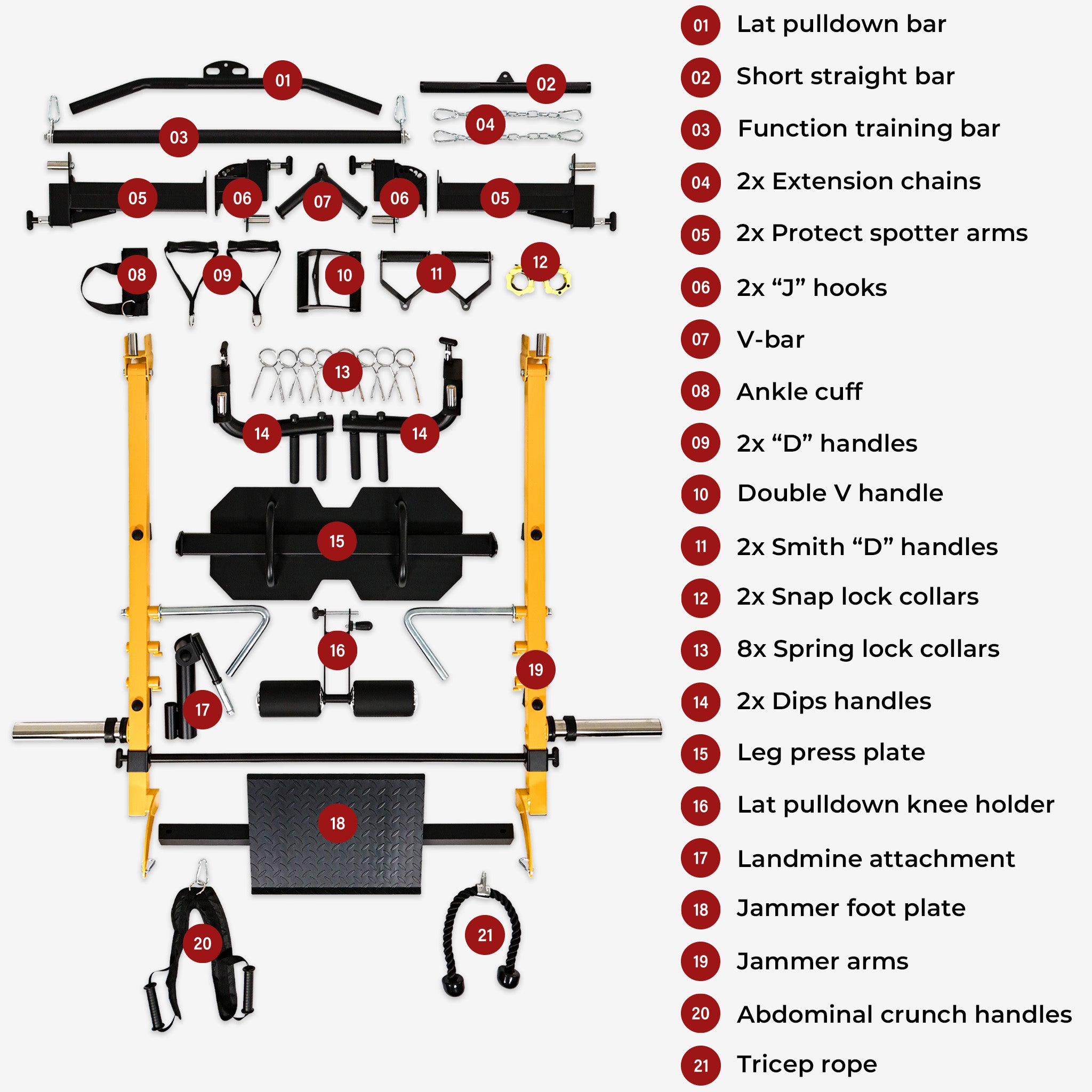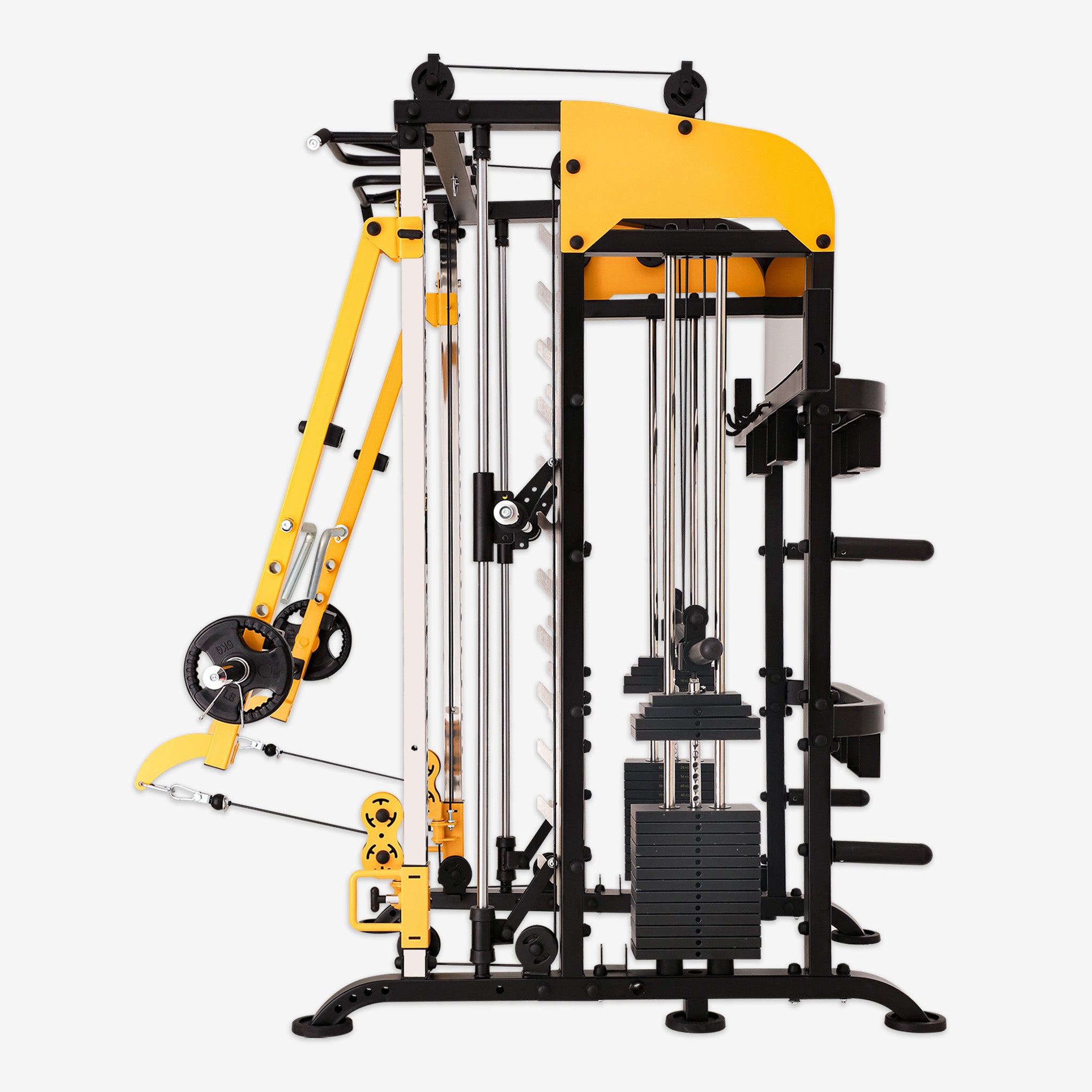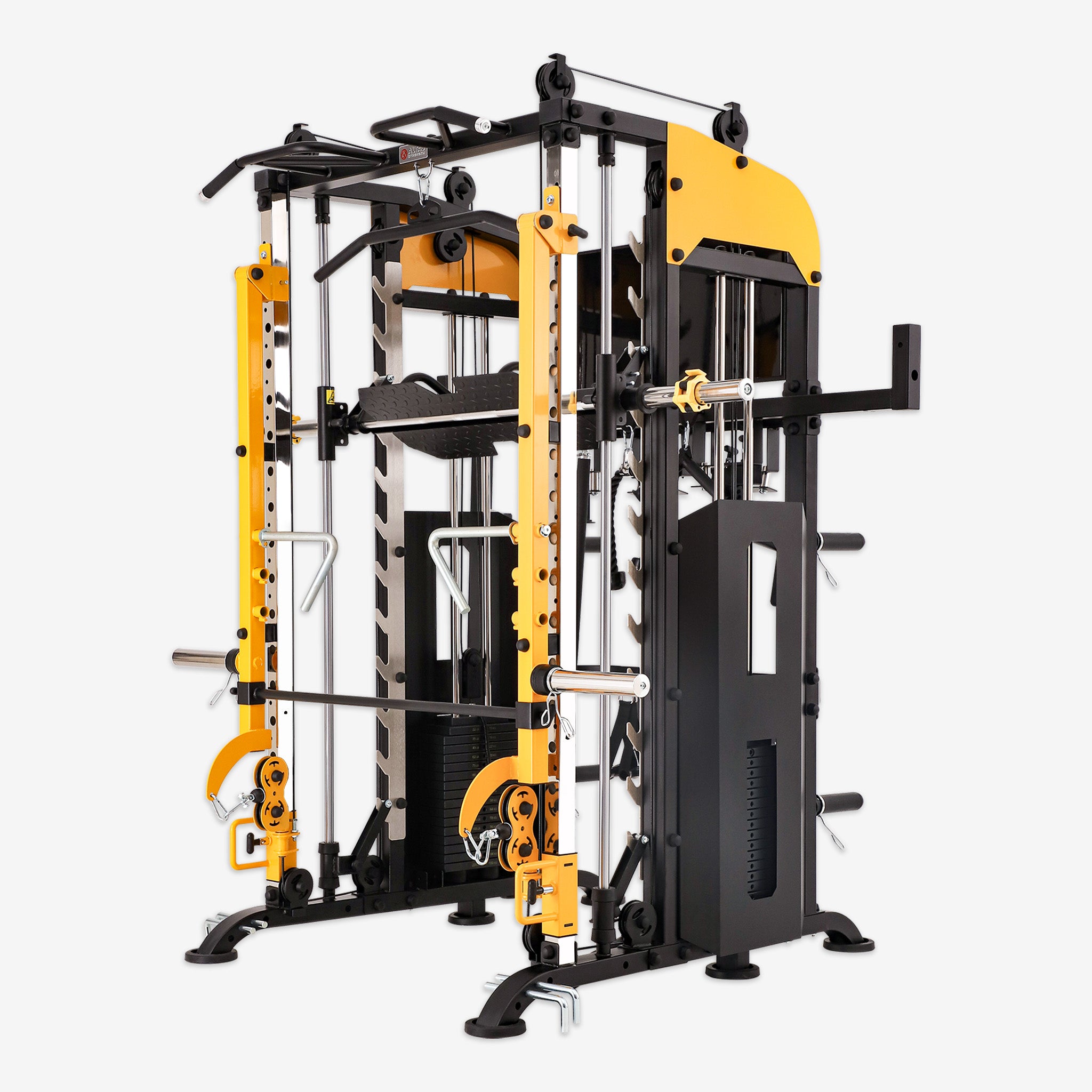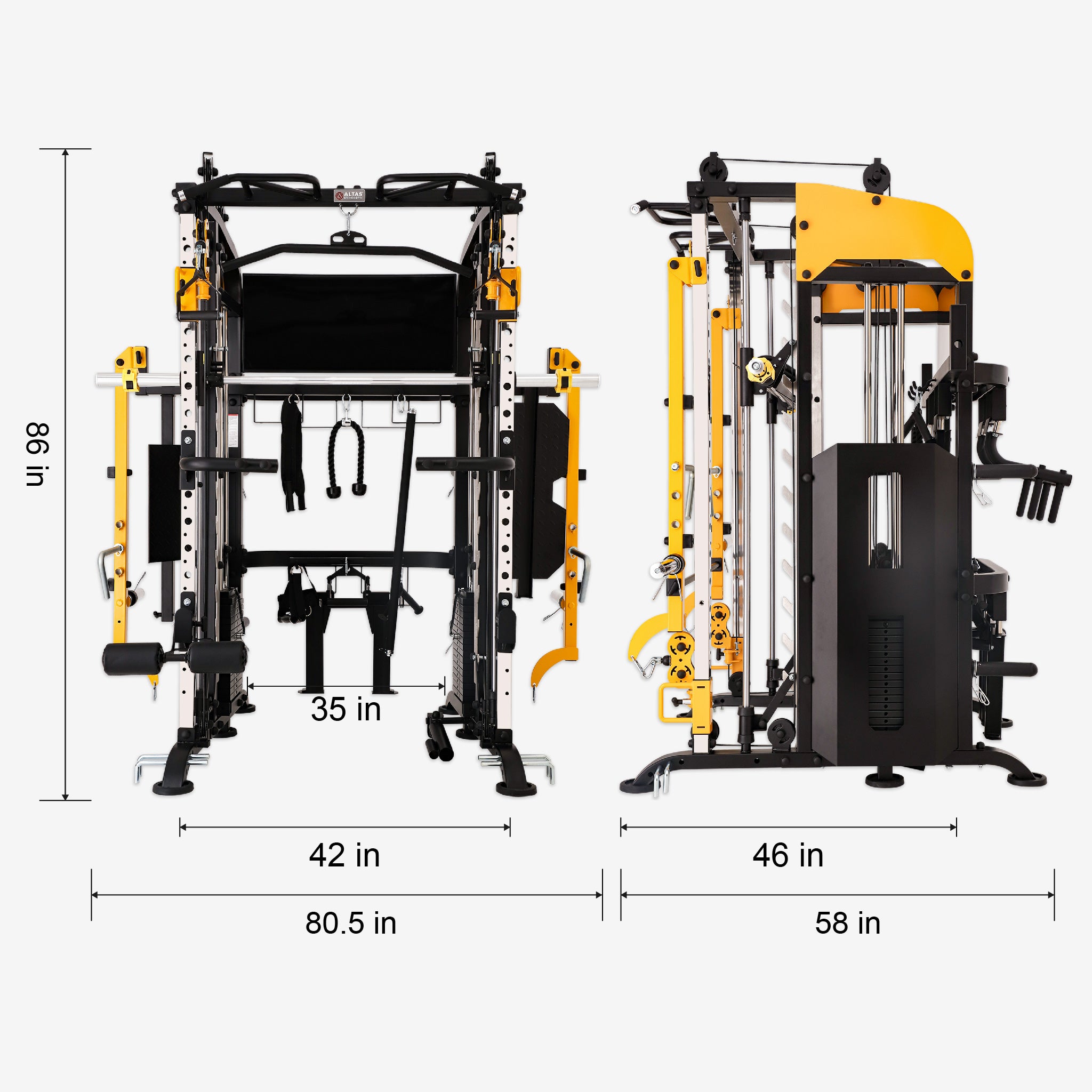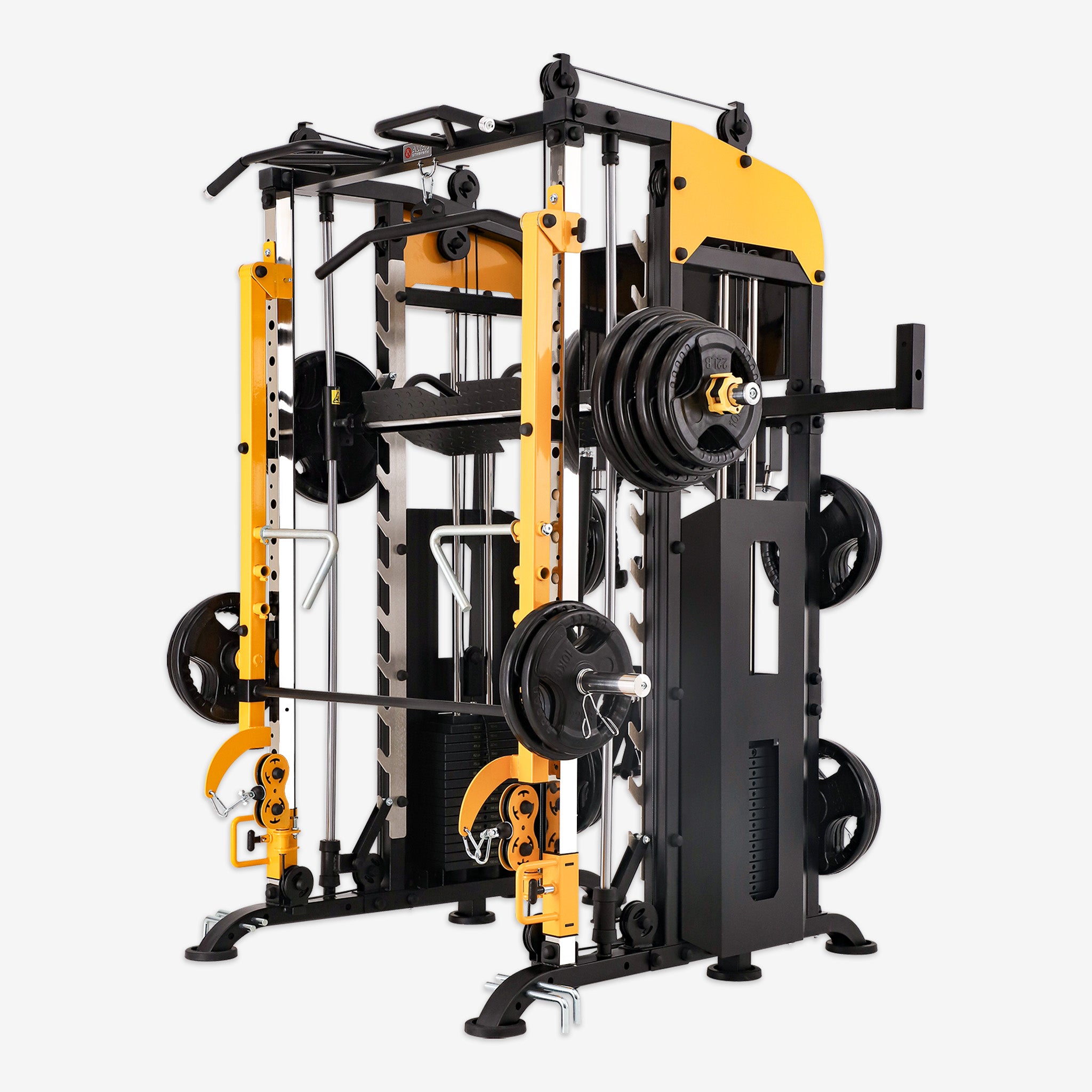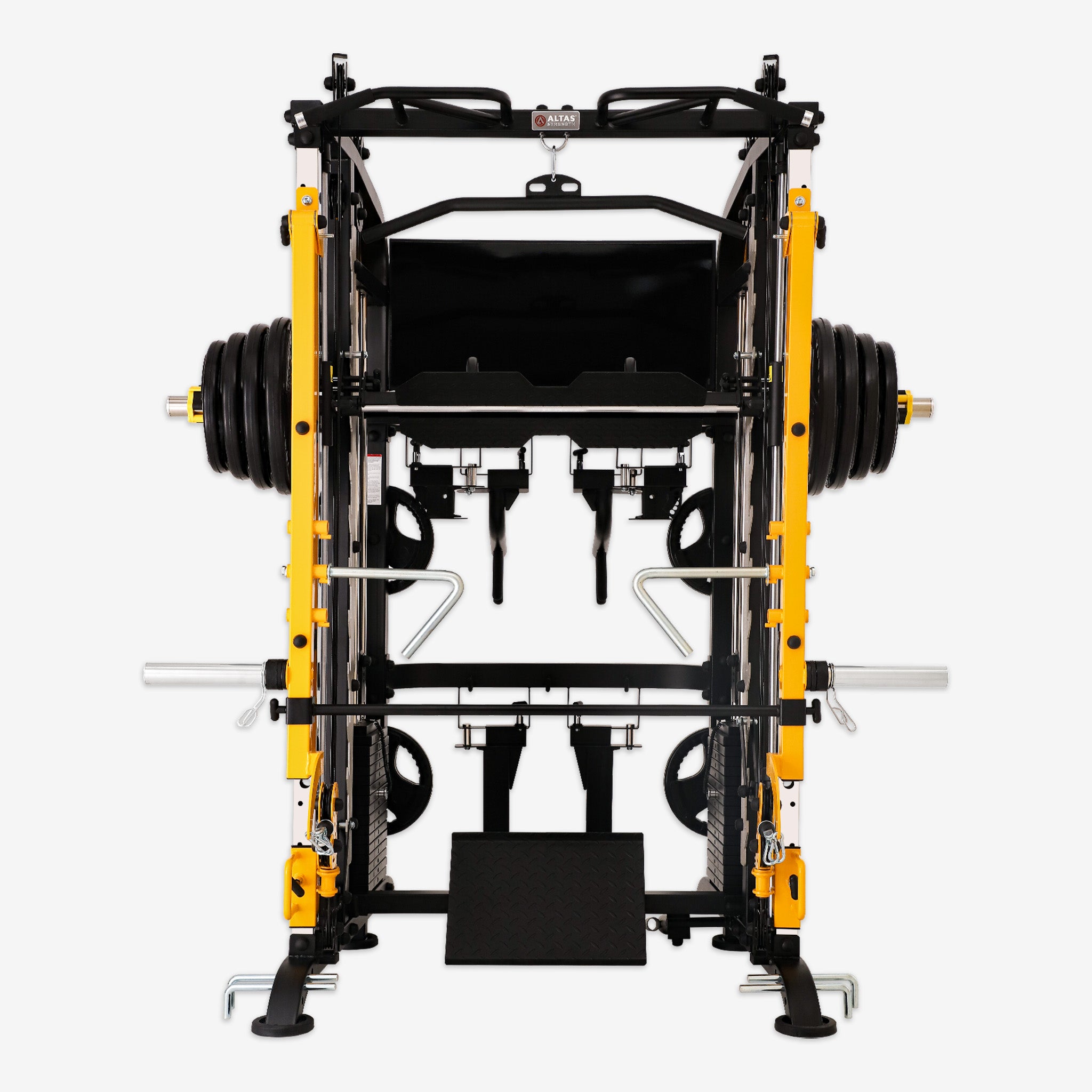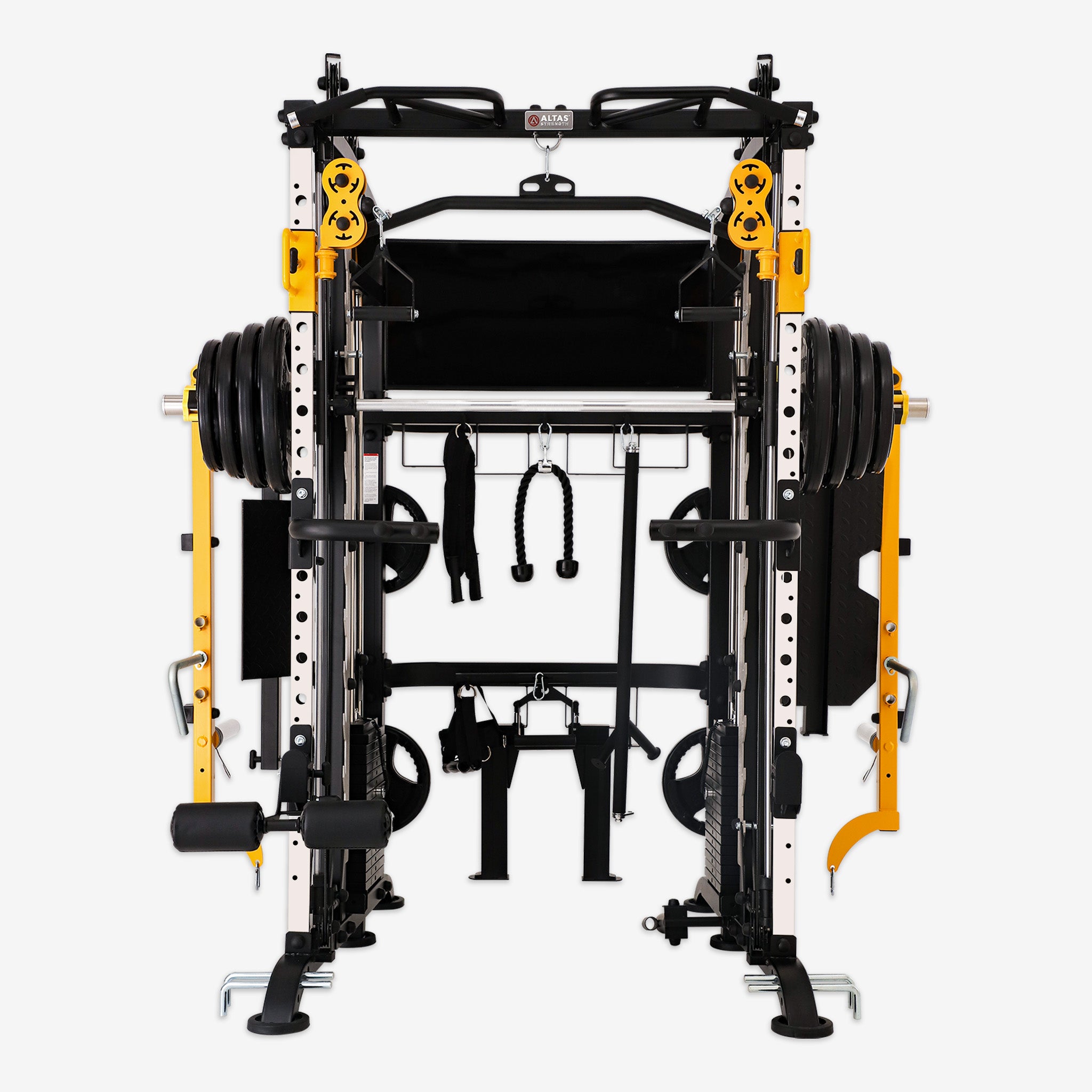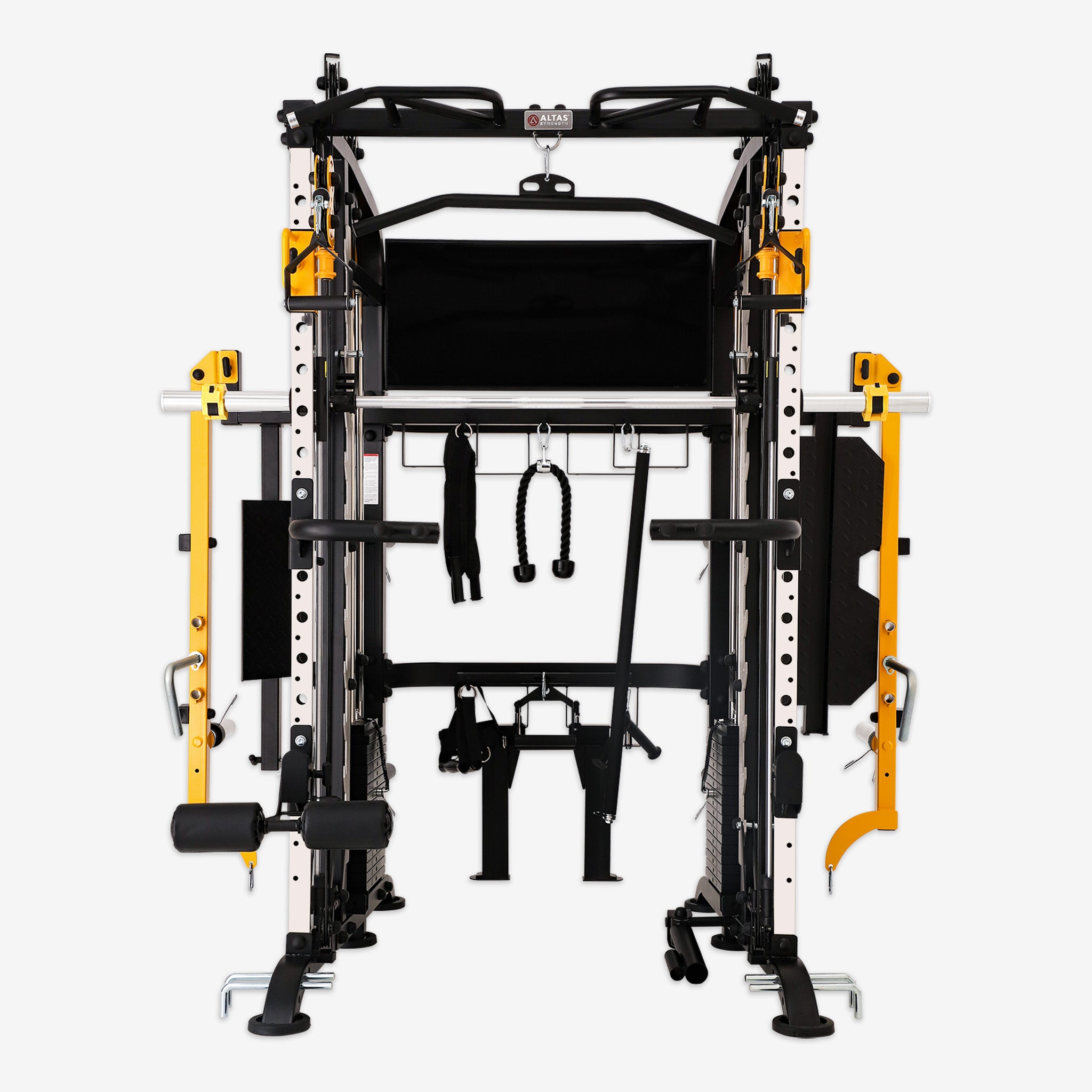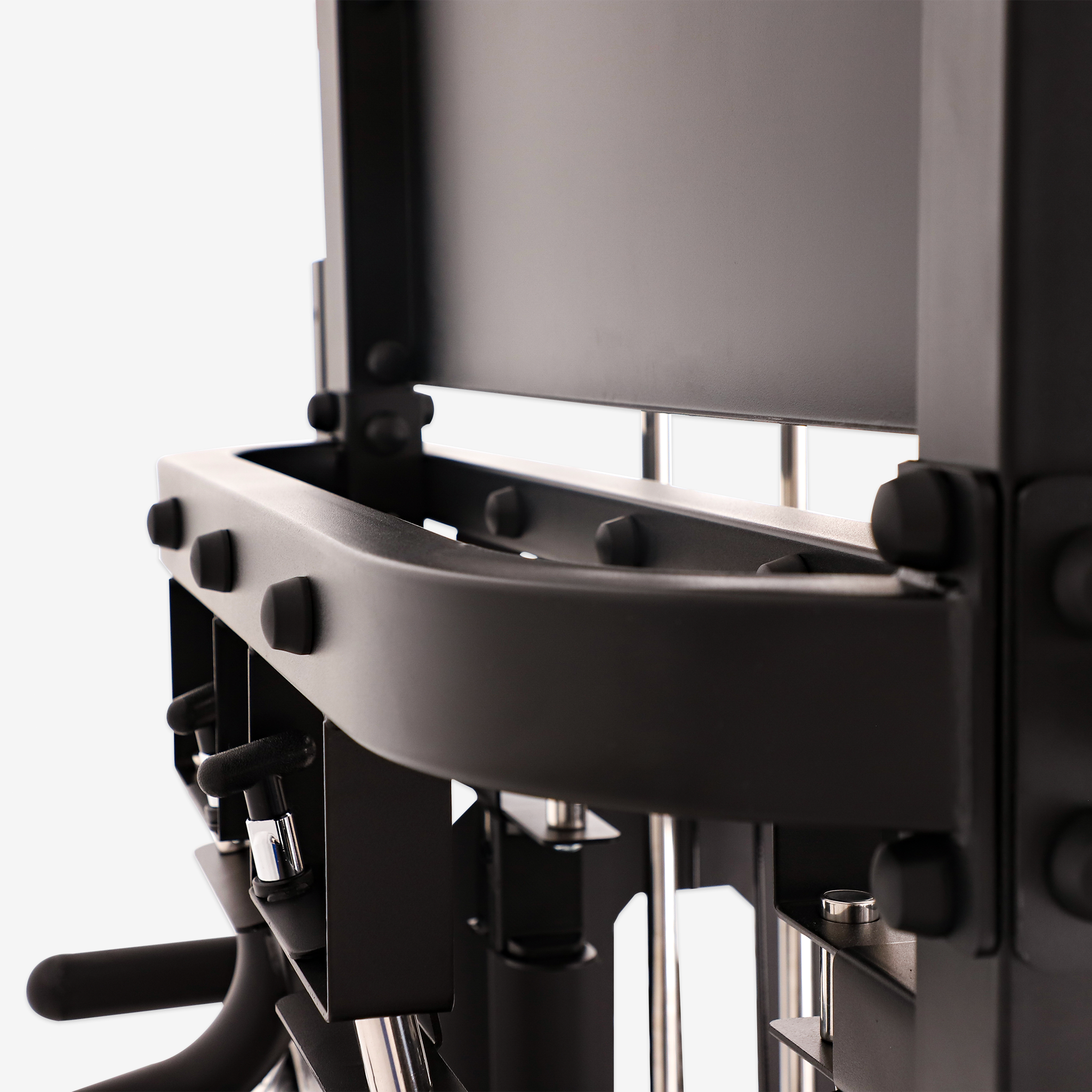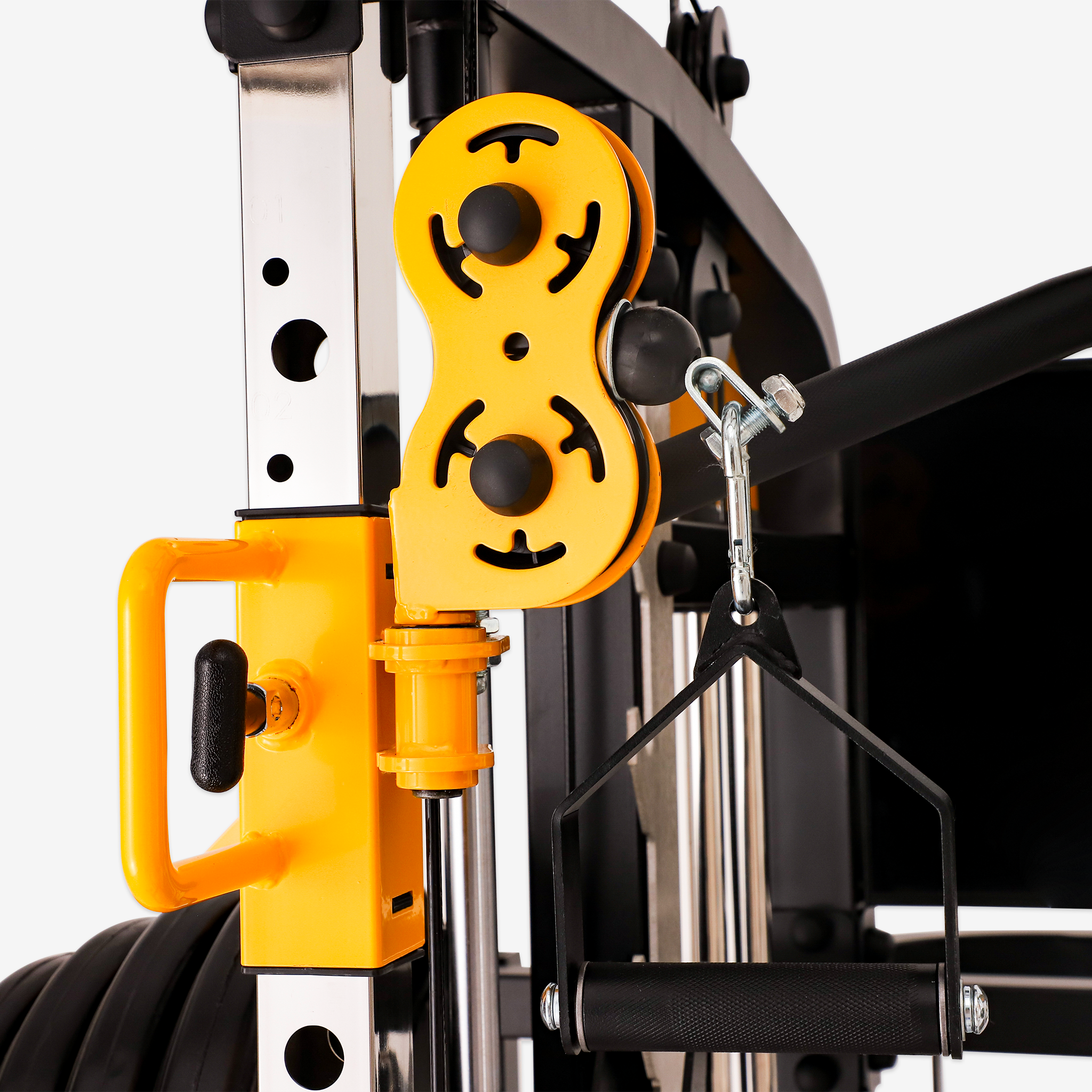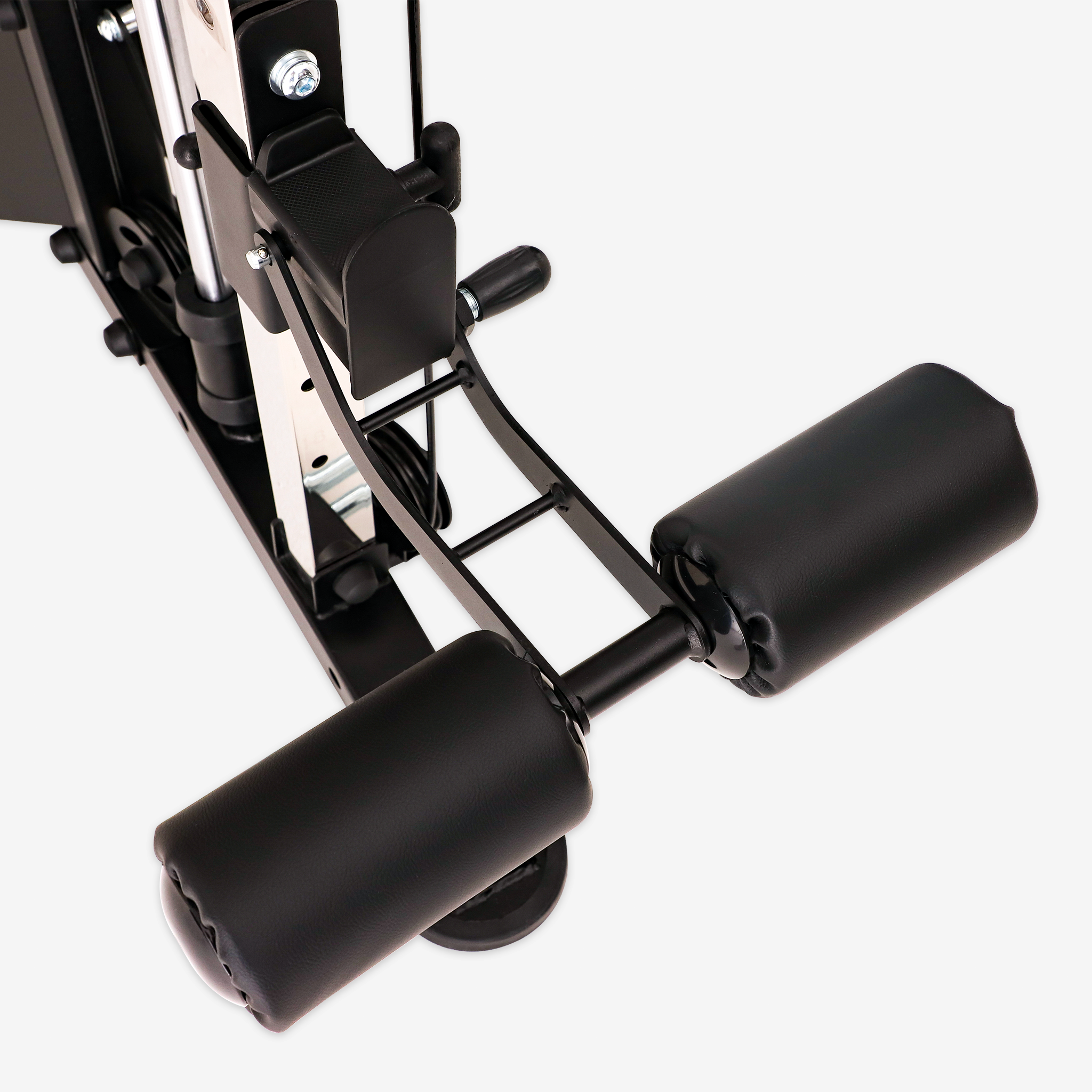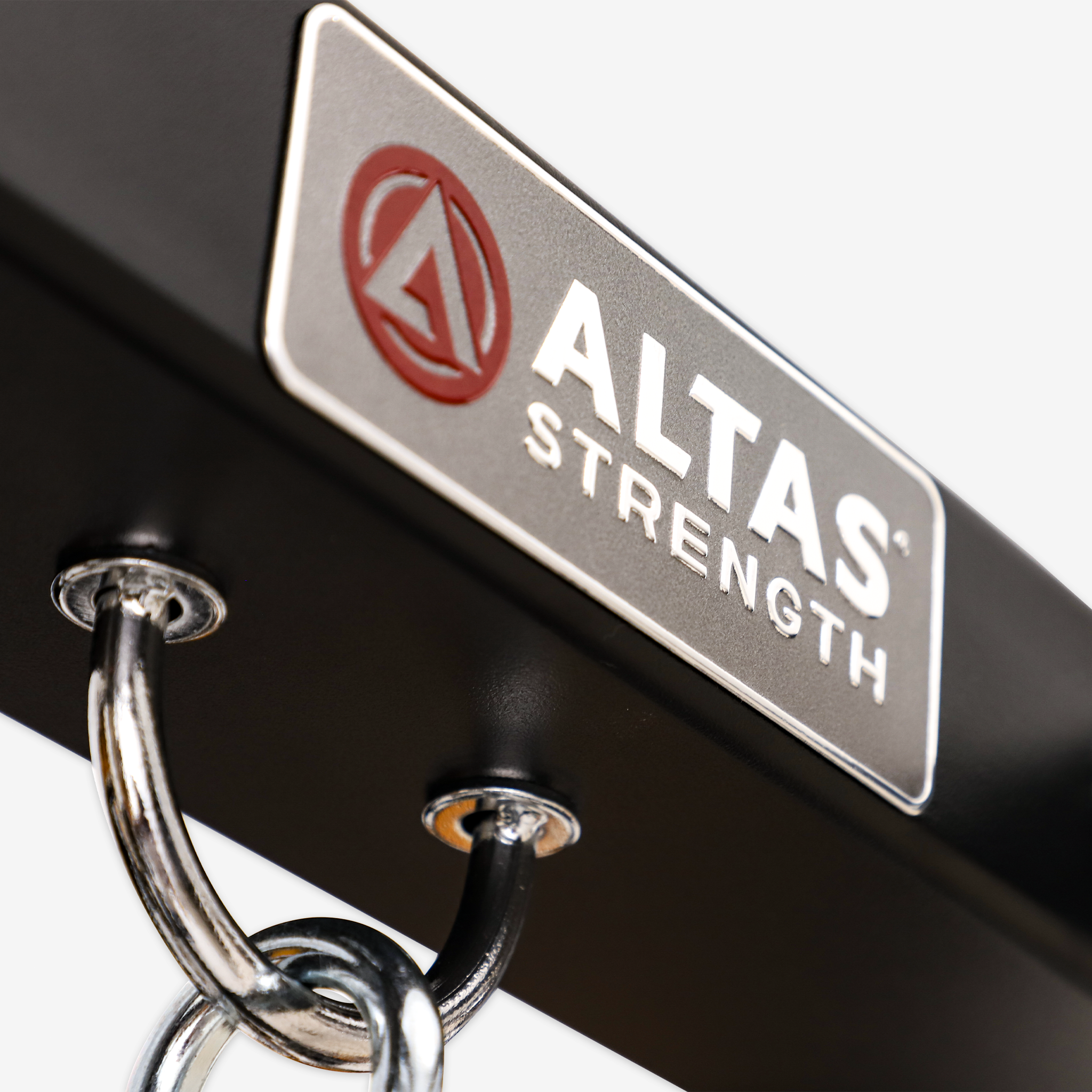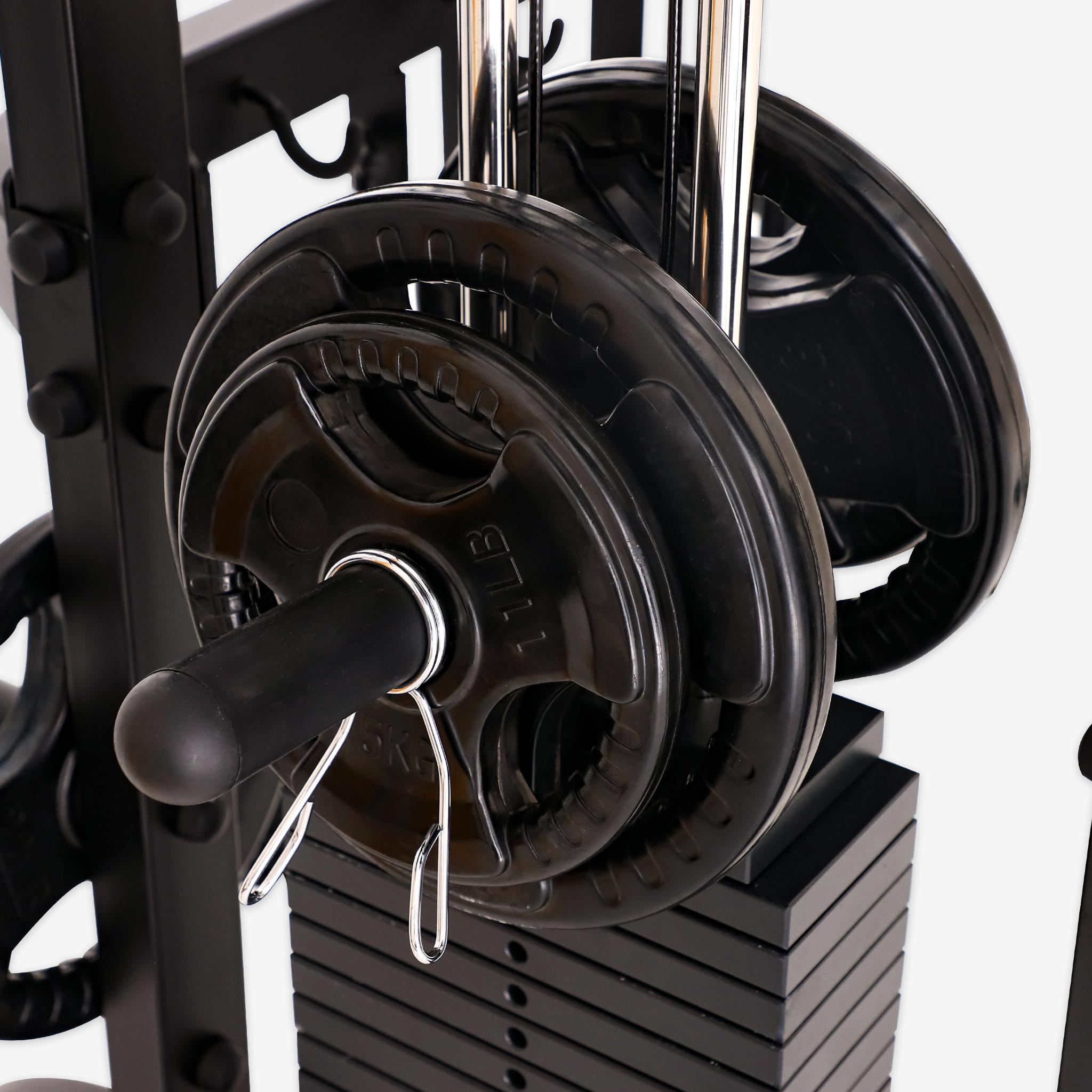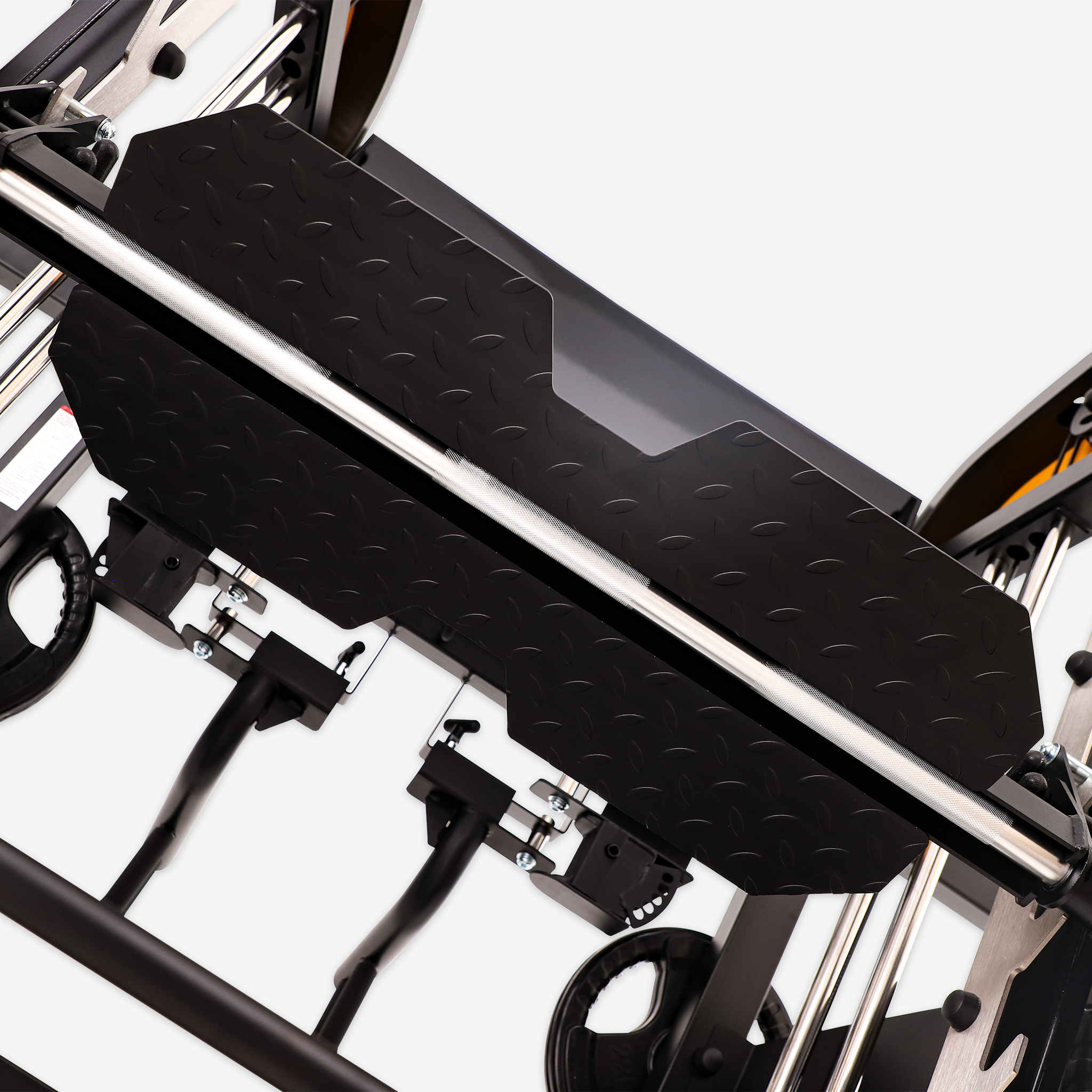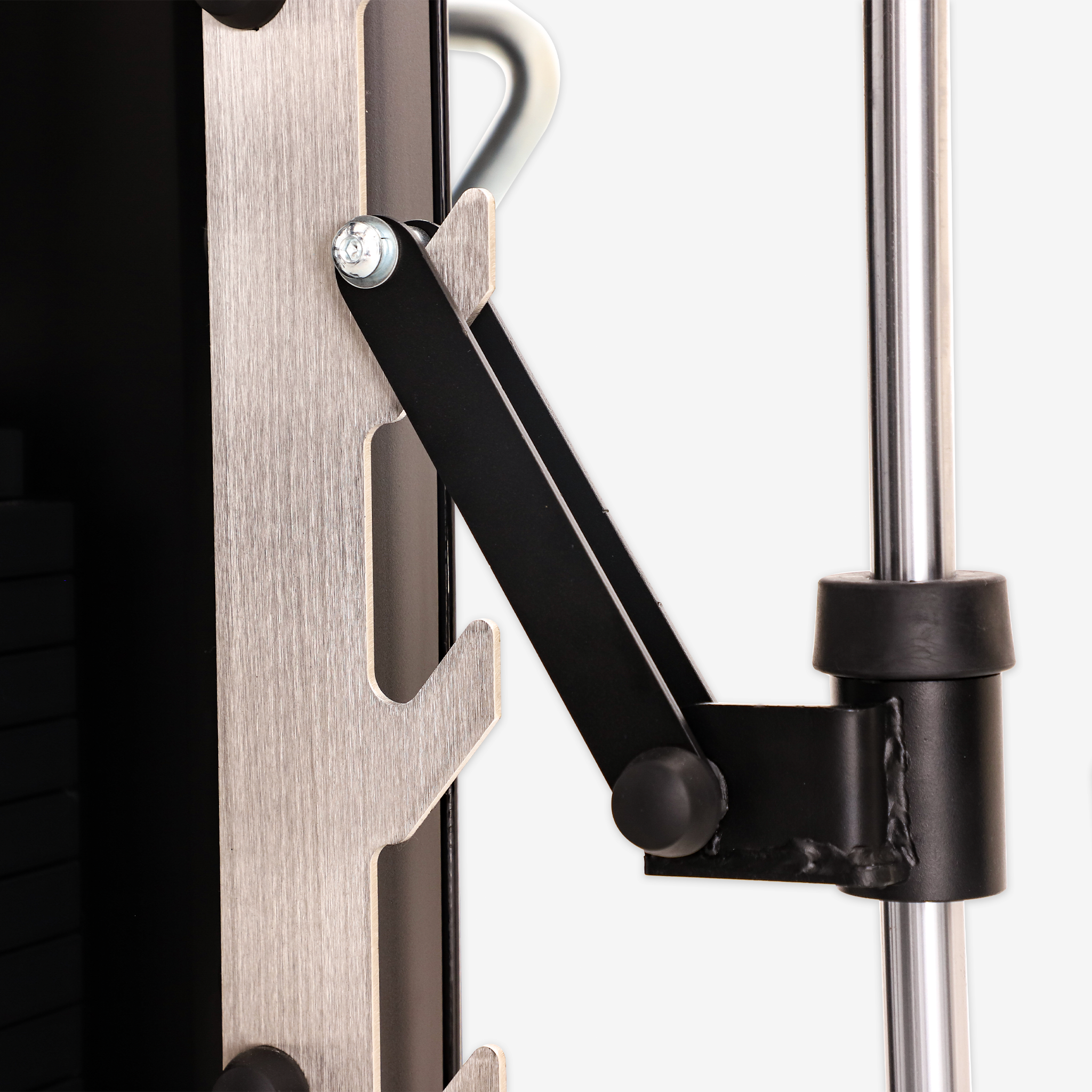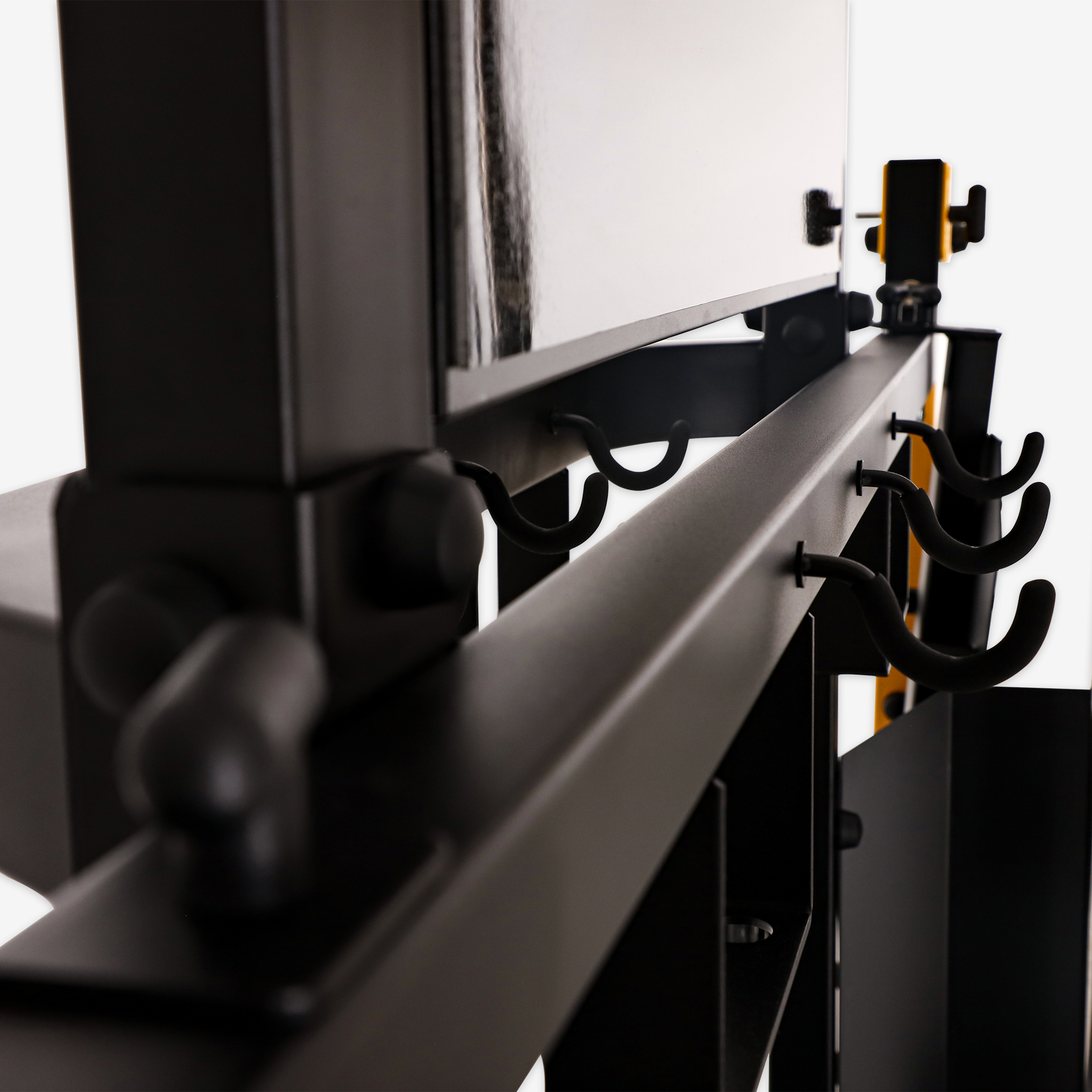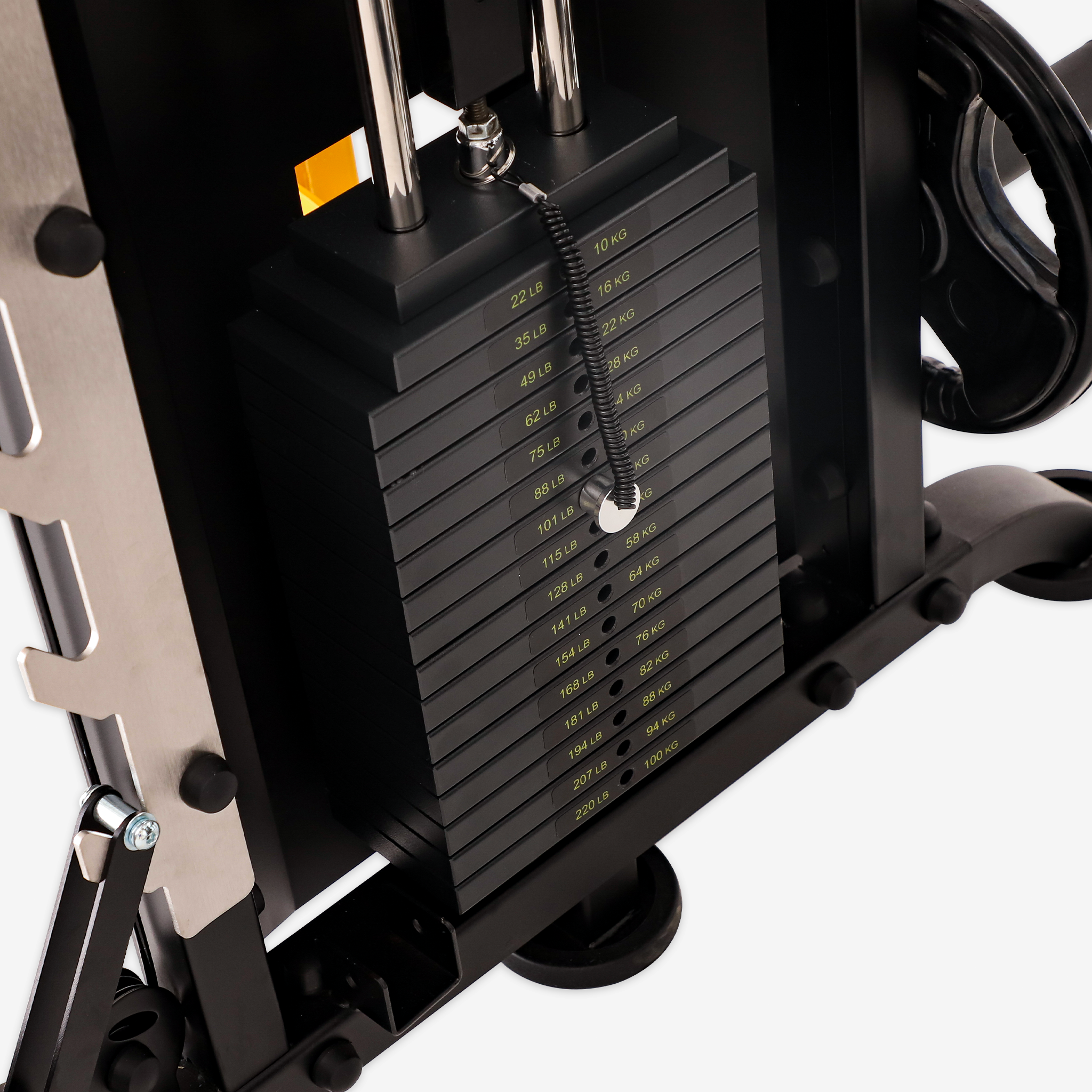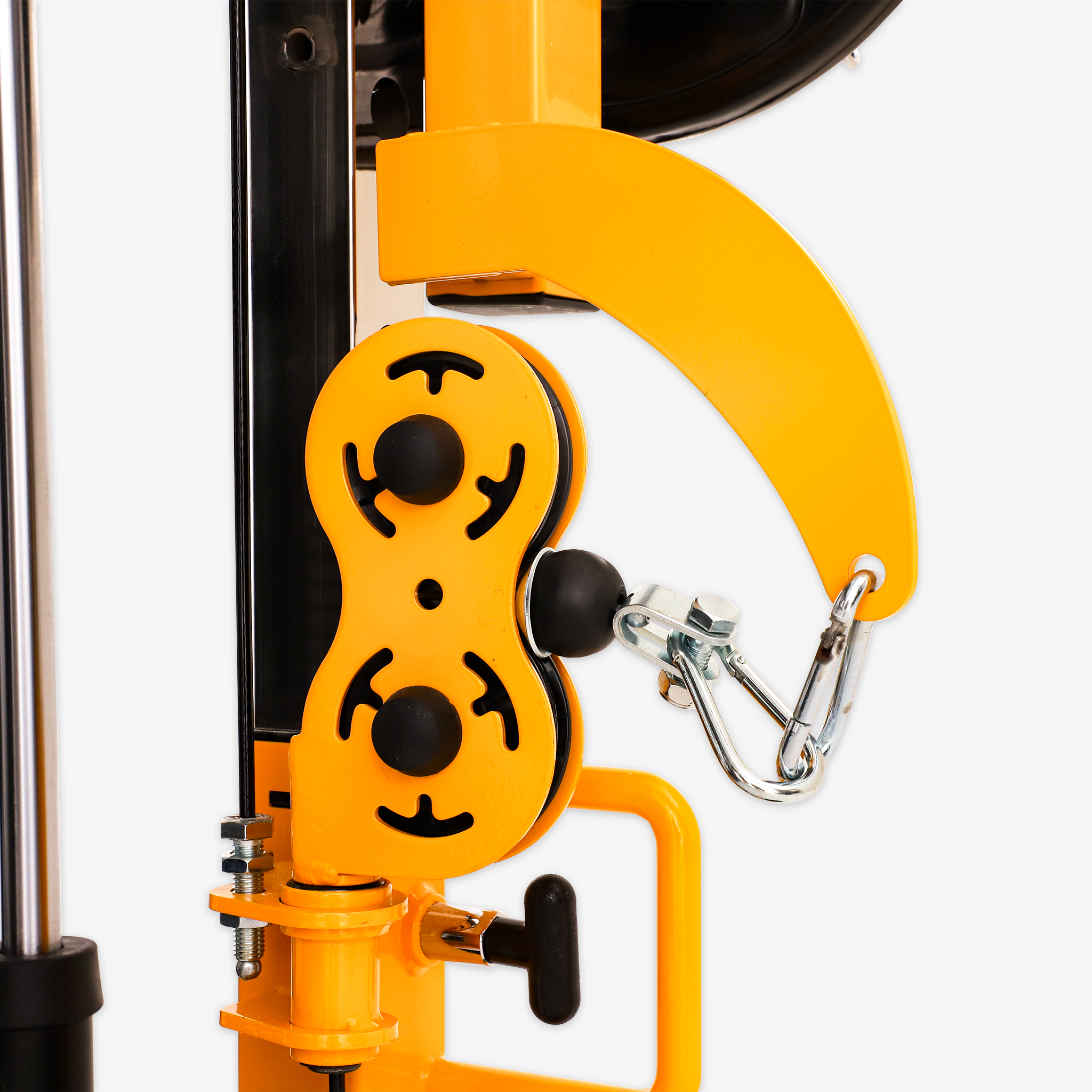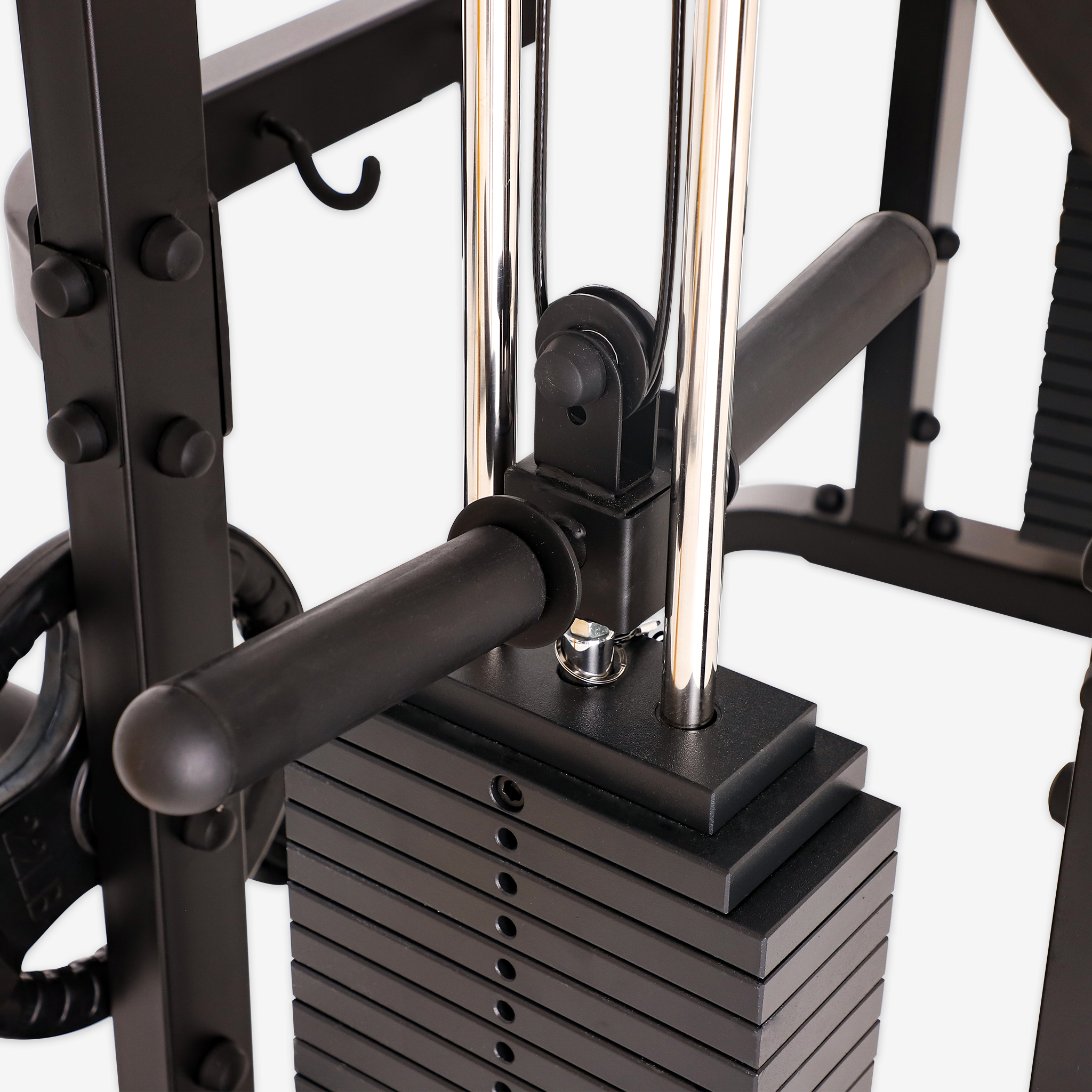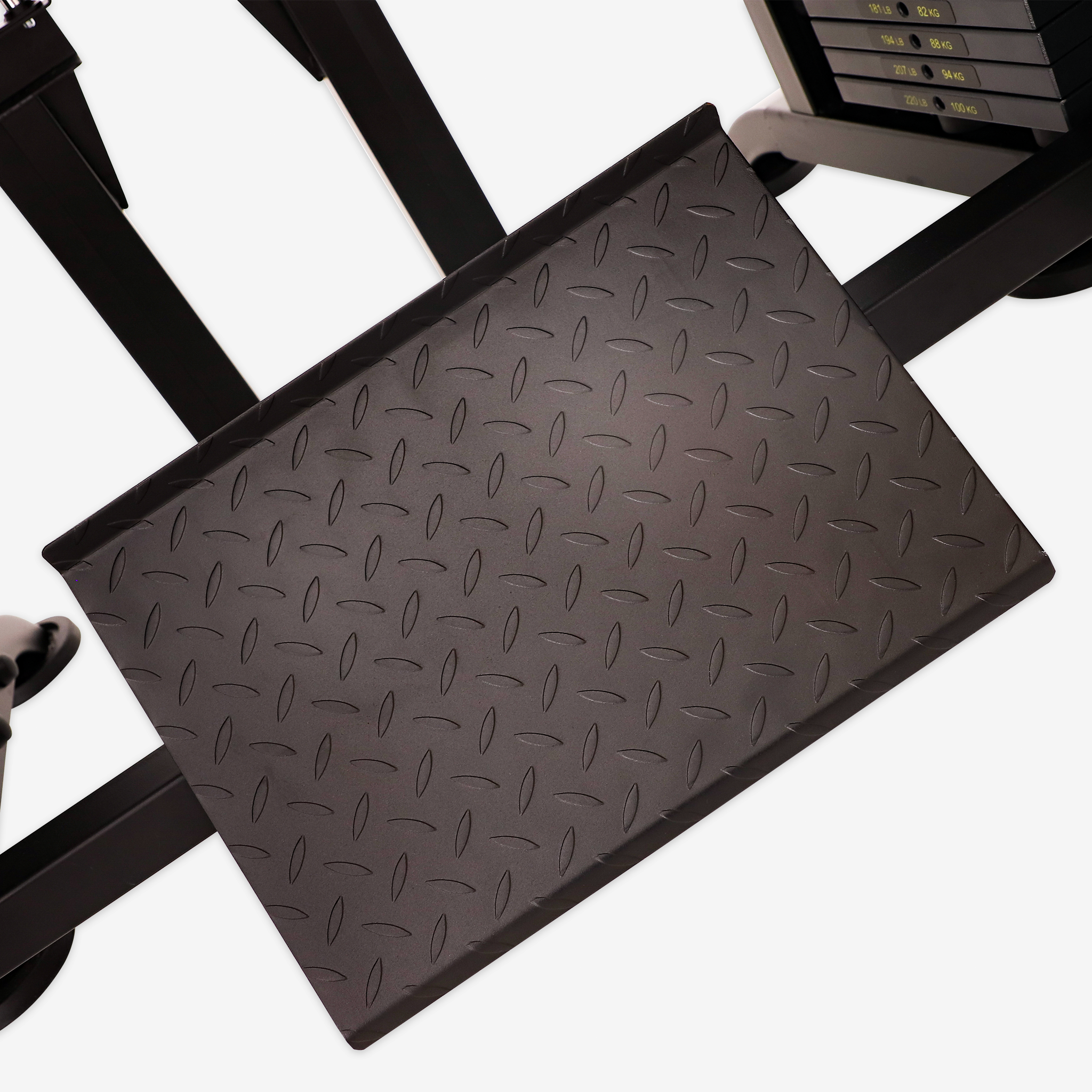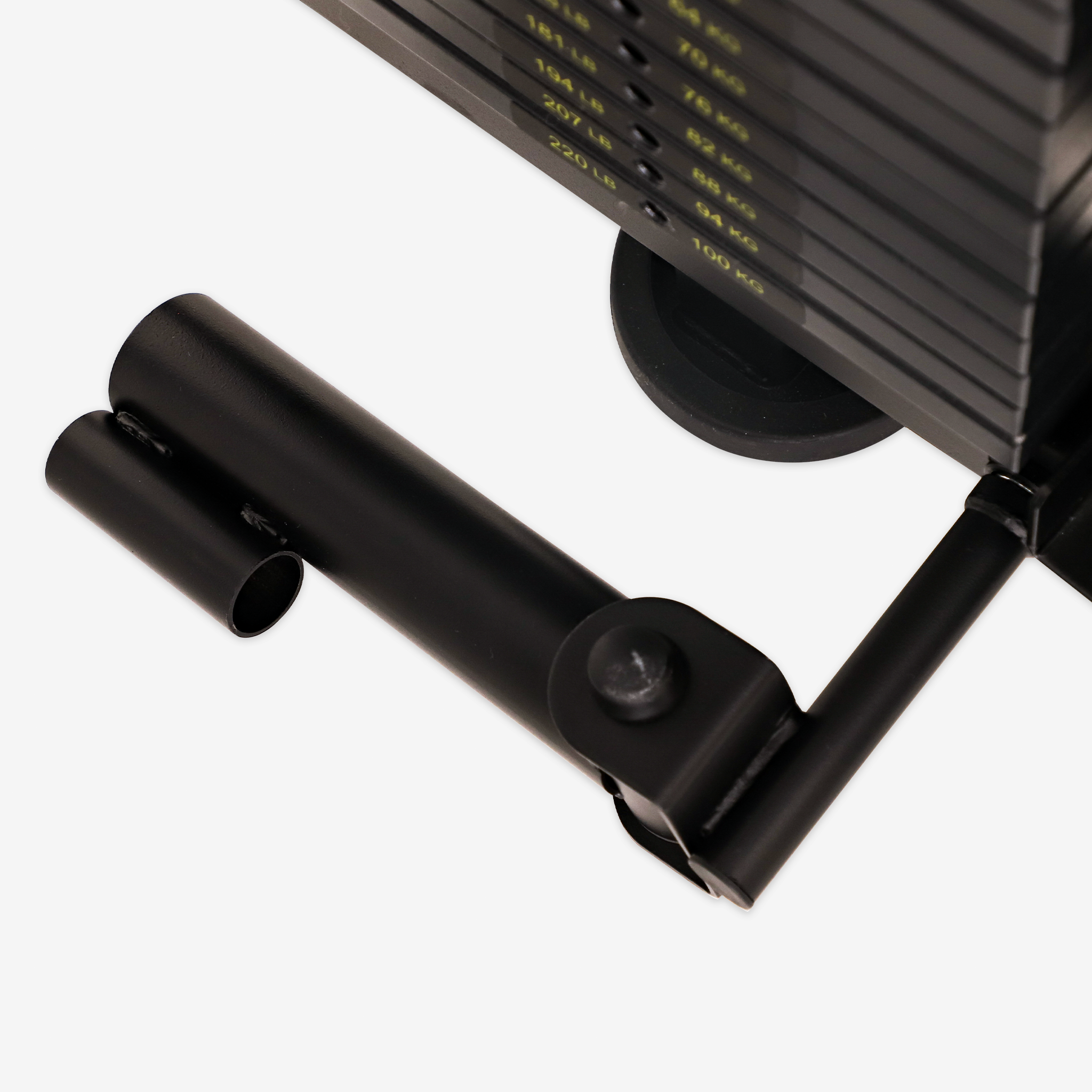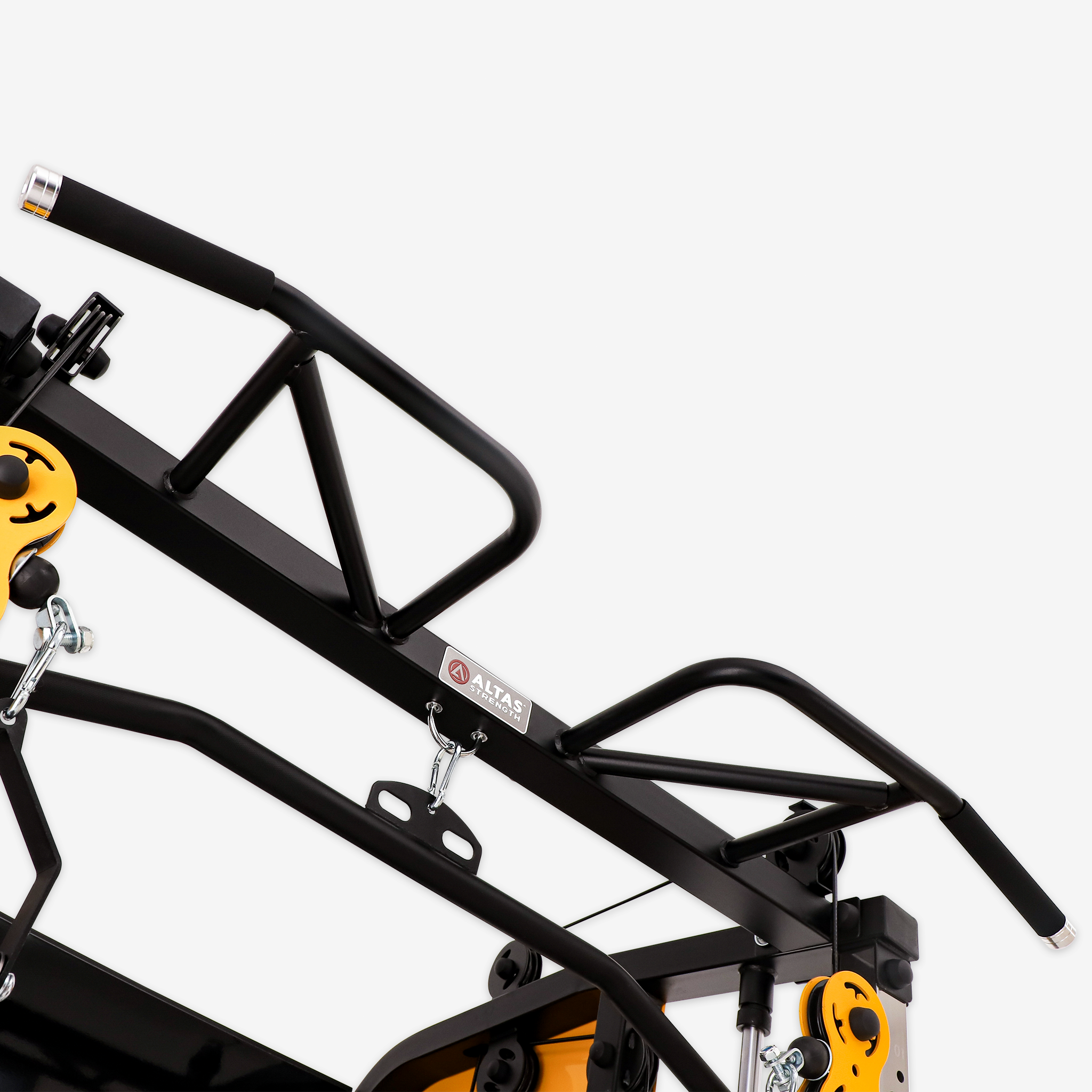Home fitness equipment has evolved from single-purpose machines into compact, multi-functional systems that let you train anywhere, anytime. Whether you have a dedicated room or a small corner in your living room, the right combination of cardio and strength gear can deliver professional-level results while saving time and money. This guide breaks down the core advantages of bringing workout machines into the home and how to choose the right setup for lasting fitness success.
Anytime, Anywhere — Save Time and Effort
One of the biggest advantages of a home gym is convenience. With equipment like treadmills, stationary bikes, compact rowers, or multi-station strength rigs, you can start a workout the moment you decide to—no commute, no waiting for machines, no class schedule. That flexibility makes it easy to use fragmented pockets of time: a 20–30 minute session of cardio or a focused strength circuit can fit into even the busiest day.
Cost-Effective Over the Long Run
Although quality home equipment requires an upfront investment, it often pays for itself compared with ongoing gym membership fees, travel costs, and class expenses. Modern multi-functional and foldable equipment delivers multiple modes—cardio, resistance, and functional training—in one footprint, reducing the need to buy many single-purpose machines.
Comprehensive Health Benefits
Home workout machines support complete fitness goals:
- Cardiovascular health: Treadmills, bikes, and rowers raise heart rate, burn calories, and improve endurance—helpful for weight management and cardiovascular risk reduction.
- Strength and muscle: Adjustable dumbbells, compact weight stations, and Smith/cable hybrids enable compound lifts (squats, presses, rows) that build muscle and boost resting metabolic rate.
- Flexibility and balance: Tools like resistance bands, stability balls, and yoga mats support mobility and injury prevention.
Psychological Benefits and Better Quality of Life
Working out at home offers privacy and comfort, which can lower social anxiety and help beginners stick with routines. Regular exercise improves sleep, reduces stress and anxiety, and contributes positively to mood and cognitive function. Family-oriented systems and interactive fitness apps also allow group workouts that build healthy habits and strengthen family bonds.
Space-Smart Design and Multi-Functionality
Contemporary home equipment emphasizes compact footprints and foldability. Multi-stations combine strength, cable work, and attachments for legs and core in a single unit. Many cardio machines fold or slide under furniture, and modular dumbbell sets replace whole racks of fixed weights—making it possible to build a complete gym in apartments or shared spaces.
Putting It Together: Practical Tips
- Assess your goals: Prioritize cardio machines if your focus is endurance and fat loss; prioritize strength rigs and adjustable weights if muscle and functional strength are primary goals.
- Measure your space: Confirm footprint and clearance before purchase—some machines require headroom or forward/backward space for safe use.
- Choose versatile gear: Pick multi-functional equipment (e.g., compact Smith or cable machines + adjustable dumbbells) to cover most training needs with minimal space.
- Plan for maintenance: Regular cleaning, lubricant for moving parts, and firmware updates keep machines safe and long-lasting.
Conclusion
Home workout machines turn limited space into a powerful training environment. They reduce time barriers, provide long-term cost savings, and deliver broad fitness benefits—cardio, strength, mobility, and mental well-being. With thoughtful equipment choices and simple maintenance, a home gym becomes an accessible, sustainable path to better health.

